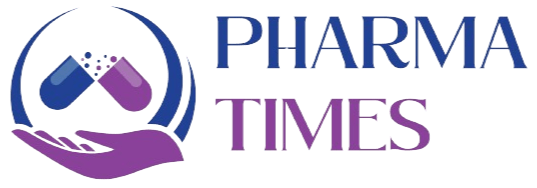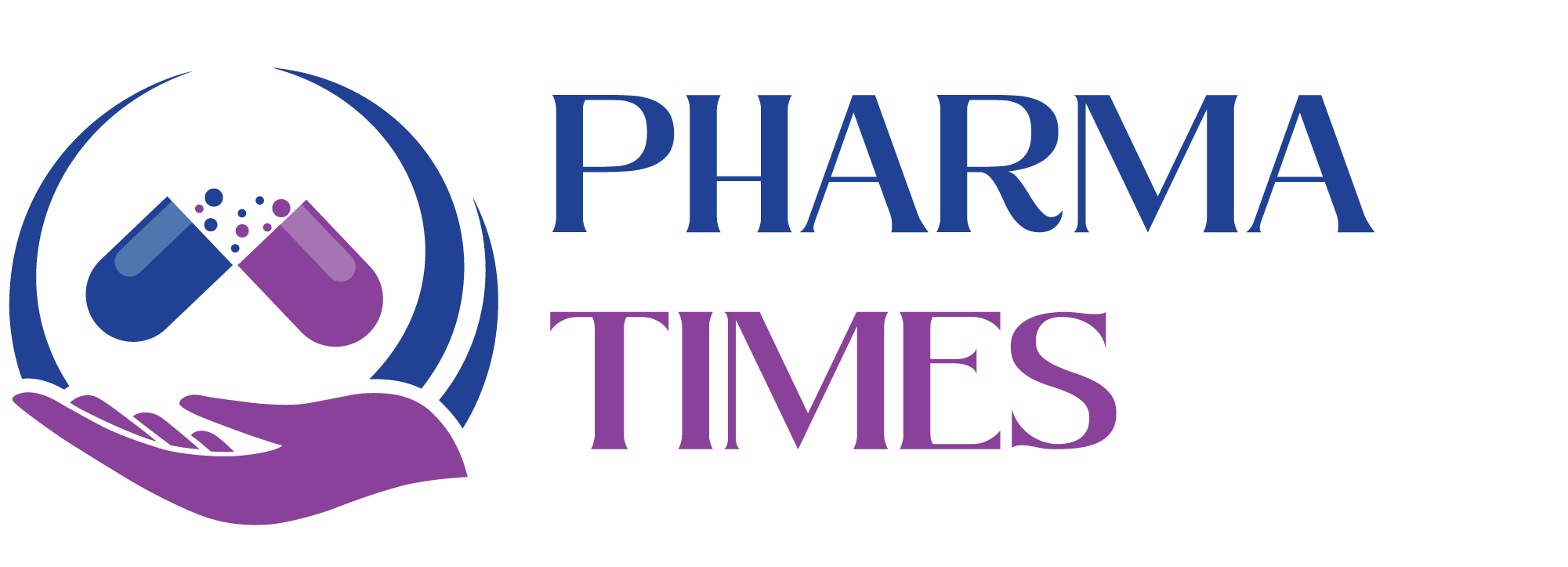Microbial Staining Protocols: Gram Staining, Spore Staining, and Fungal Identification
Microbial Staining Protocols: Gram Staining, Spore Staining, and Fungal Identification
1.0 Purpose
This document outlines the procedure for microbial staining in a microbiology lab.
2.0 Scope
It applies to all microbial staining activities conducted in the microbiology laboratory.
3.0 Responsibility
The microbiologist is responsible for performing the staining procedures correctly.
4.0 Accountability
The Head of the Department is accountable for overseeing and ensuring that the procedures are followed properly.
5.0 Procedure
Precautions:
- 5.1 Avoid overheating the smear during the heat-fixing process.
- 5.2 Handle all staining reagents carefully to prevent spillage.
- 5.3 Use only a small amount of immersion oil when performing oil immersion microscopy—avoid excessive application.
5.4 Gram Staining Procedure
5.4.1 Principle
Gram staining helps to classify bacteria as either gram-positive or gram-negative. This is based on how they respond to the primary stain (crystal violet). Gram-positive bacteria retain the violet dye, appearing blue or purple, while gram-negative bacteria lose the violet stain and take up a red counterstain, appearing red.
- Crystal violet is the primary stain.
- Gram’s iodine serves as the mordant (fixative).
- Alcohol acts as the decolorizer.
- Safranin is used as the counterstain.
5.4.2 Method
- Prepare the smear by air-drying or heat-fixing it, and then cover it with crystal violet for 1 minute.
- Gently rinse the slide with water.
- Apply Gram’s iodine to the smear for 1 minute.
- Rinse again with water.
- Decolorize by applying alcohol drop by drop until no violet color remains.
- Rinse the slide once more.
- Add safranin to the smear for 1 minute.
- Rinse with water and allow the slide to air dry.
- Examine under an oil immersion microscope.
5.4.3 Results Interpretation
- Gram-positive bacteria will appear violet.
- Gram-negative bacteria will appear red.
5.5 Spore Staining Procedure
5.5.1 Principle
Endospores are highly resistant structures formed by certain bacteria to survive unfavorable conditions. These spores are difficult to stain, but once they absorb dye, they resist decolorization. The Schaeffer-Fulton method allows for clear differentiation between spores and vegetative cells.
5.5.2 Method (Schaeffer-Fulton Method)
- Heat-fix the bacterial smear using minimal heat.
- Heat the slide gently until steam is produced but avoid boiling it.
- Apply malachite green for 3 minutes while keeping the slide warm.
- Rinse with water.
- Add safranin for 30 seconds.
- Examine the cells under an oil immersion microscope.
5.5.3 Results Interpretation
- Spores will appear green.
- Vegetative cells will be red.
5.6 Fungal Staining Procedure
5.6.1 Principle
Lactophenol cotton blue is a common stain for observing fungal structures. It contains phenol (which kills live organisms), lactic acid (which preserves the fungal morphology), and cotton blue (which stains fungal cell walls).
5.6.2 Method
- Add a drop of 70% alcohol to a microscope slide.
- Place the fungal specimen in the alcohol drop.
- Add one or two drops of lactophenol cotton blue before the alcohol evaporates.
- Carefully place a coverslip on the slide, avoiding air bubbles.
5.6.3 Results Interpretation
For Aspergillus niger, colonies initially appear white or yellow and later darken due to spore development. The hyphae are septate (divided by cross-walls) and transparent.
6.0 Abbreviations
- SOP: Standard Operating Procedure

